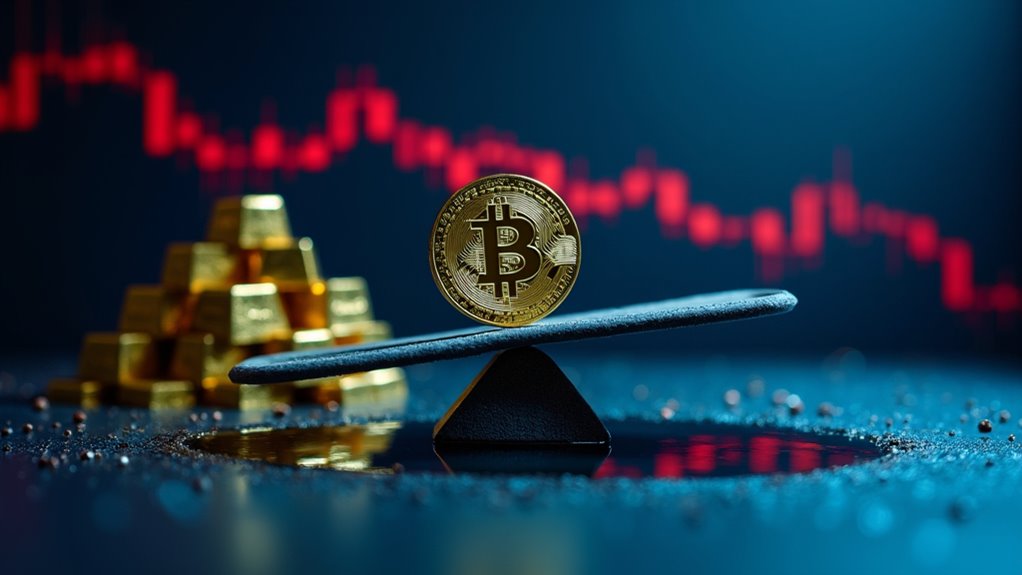In a move long overdue yet cloaked in bureaucratic sluggishness, the SEC has finally discarded its antiquated cash-only shackles on Bitcoin and Ether ETFs, grudgingly permitting in-kind creations and redemptions that align these crypto funds with their traditional commodity counterparts; this pivot, heralded as a breakthrough under Chair Paul Atkins, exposes the previous regime’s myopic rigidity, which needlessly inflated trading costs and complexity while stifling institutional engagement in the supposedly forward-looking crypto market. Market liquidity, long hamstrung by the SEC’s obstinate insistence on cash conversions, now stands to benefit from a streamlined process that allows authorized participants to transact directly in Bitcoin or Ethereum, *consequently* eliminating superfluous conversion steps that previously bloated operational expenses and eroded efficiency. This newfound regulatory clarity not only aligns crypto ETFs with established commodities like gold or oil funds but also signals an overdue recognition that crypto assets demand a tailored, fit-for-purpose framework rather than archaic, one-size-fits-all mandates. Moreover, this approval applies broadly to all existing spot Bitcoin and Ethereum ETFs, enabling a market-wide adoption of in-kind transactions. These regulatory changes also expand the crypto ETP ecosystem by authorizing new product types and increasing position limits, fostering greater market diversity and growth through expanded crypto features. This shift also reflects the broader global trend toward harmonized oversight guided by principles such as the FSB’s regulatory approach.
The impact on trading efficiency is far from trivial; by sanctioning in-kind transactions, the SEC has effectively lowered barriers that deterred major institutional players, whose appetite for crypto exposure was previously dulled by convoluted, cost-heavy mechanics. BlackRock’s iShares Bitcoin Trust and other heavyweights such as Fidelity, VanEck, and Franklin Templeton stand poised to capitalize on reduced friction, while exchanges like Nasdaq, NYSE Arca, and Cboe BZX will likely witness tighter bid-ask spreads and enhanced market dynamics. Yet, this policy shift also unearths a glaring question: why did it take so long for regulators to abandon a fundamentally counterproductive stance that, until now, treated digital assets with an anachronistic lens unfit for their complex, innovative nature? The SEC’s belated course correction, *therefore*, underscores the pressing need for ongoing, agile regulatory evolution that respects both market realities and investor interests.









